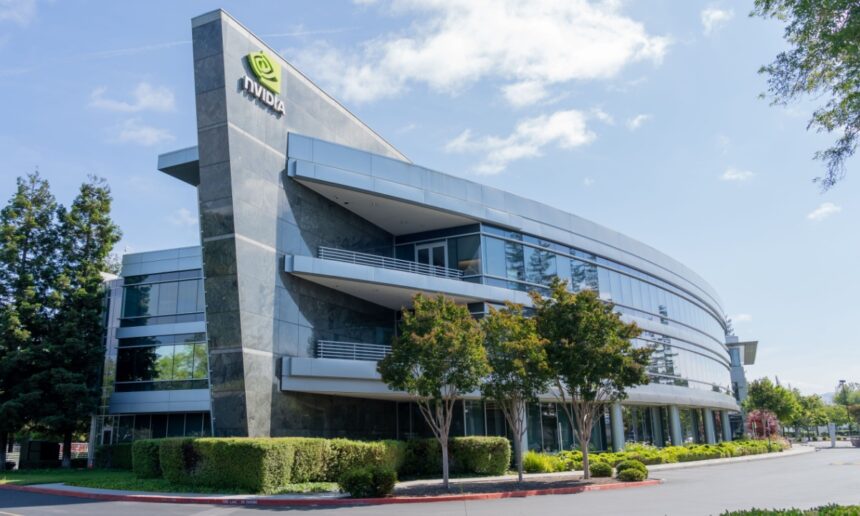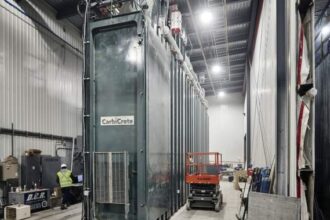In the shadows of Vancouver’s tech corridor, a seismic shift is brewing at Nvidia. The AI chip titan that transformed from gaming hardware manufacturer to artificial intelligence kingmaker is quietly orchestrating its next evolution – a calculated push to diversify its customer base beyond the tech behemoths that have fueled its astronomical rise.
Industry insiders reveal Nvidia’s 2025 strategic roadmap includes an aggressive expansion targeting enterprise customers across diverse sectors, moving beyond their traditional reliance on hyperscalers like Microsoft, Meta, and Google. This pivot comes as Nvidia rides an unprecedented wave of success, having seen its market value surge past $3 trillion earlier this year – a valuation that reflects its near-monopolistic grip on the specialized chips powering the global AI boom.
“Nvidia recognizes the sustainability risks in having 40% of revenue flow from just five customers,” notes tech analyst Maria Fernandez. “Their dominance has been extraordinary, but Jensen Huang is playing the long game here, building resilience against potential market shifts.”
The strategy appears two-pronged: developing specialized hardware configurations better suited to mid-market companies while simultaneously creating software solutions that lower the adoption barriers for organizations without the technical expertise of Silicon Valley giants. This approach addresses a crucial market reality – while tech conglomerates have driven the initial AI revolution, the next wave requires democratization.
Financial data supports the urgency behind this strategic pivot. Nvidia’s dependency on hyperscalers has increased dramatically since 2022, with Bloomberg Intelligence reporting major cloud providers now account for approximately $30 billion of Nvidia’s annual revenue. This concentration, while lucrative, represents a vulnerability as competition intensifies from rivals like AMD and emerging AI-specific chip manufacturers.
The company’s recent acquisitions and partnerships telegraph this expanded focus. Investments in industry-specific AI applications for healthcare, manufacturing, and financial services indicate Nvidia is building vertical expertise to serve enterprise clients directly rather than exclusively through cloud intermediaries.
“What we’re witnessing is Nvidia’s transformation from component supplier to complete AI solution provider,” explains tech economy researcher David Liang. “They’re positioning to capture value across the entire AI implementation stack, not just the hardware layer.”
For enterprises considering AI adoption, Nvidia’s strategic shift promises more accessible implementation pathways. The development of reference architectures, pre-configured systems, and industry-specific models will likely reduce both the technical complexity and capital requirements that have kept many organizations on the AI sidelines.
The competitive landscape isn’t standing still, however. Intel’s renewed focus on AI acceleration and cloud providers developing their own custom silicon presents growing challenges to Nvidia’s dominance. Additionally, regulatory scrutiny has intensified, with antitrust concerns swirling around the company’s market position.
As 2025 approaches, the question isn’t whether Nvidia will maintain its AI leadership, but rather how successfully it can execute this critical business model evolution. For an organization that has repeatedly reinvented itself – from graphics card maker to AI infrastructure provider – this next transformation may be its most consequential yet.
Will enterprise customers embrace Nvidia’s expanded offerings with the same enthusiasm as hyperscalers? The answer will determine not just Nvidia’s trajectory, but potentially the pace of AI adoption across the broader economy.
For more technology coverage, visit CO24 Business and CO24 Breaking News.











